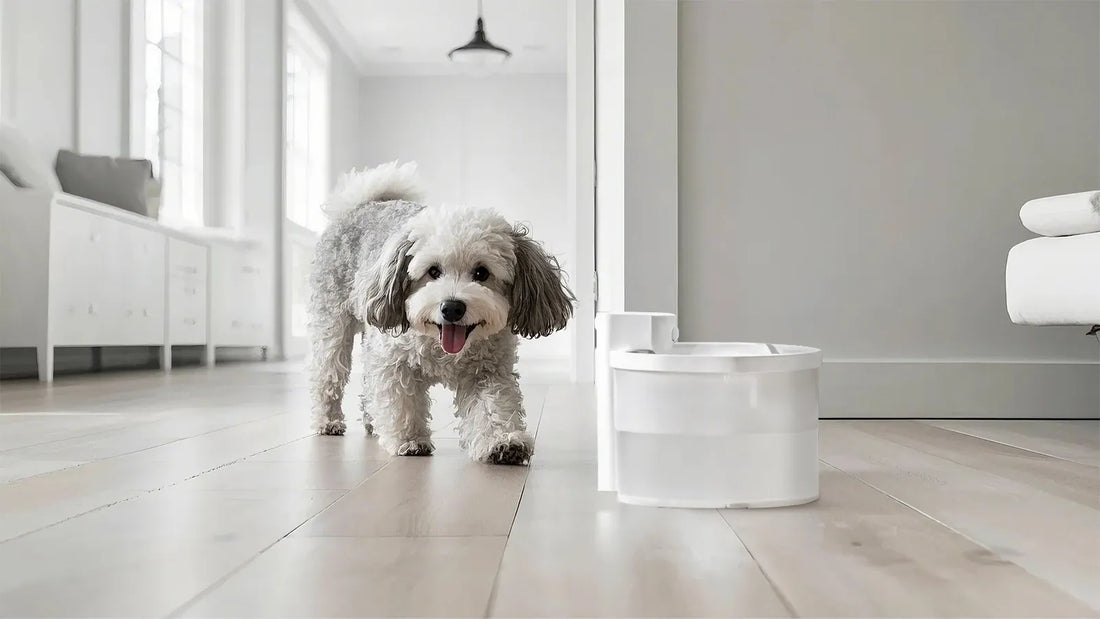Keeping a tidy cat litter box is essential for both your cat's happiness and your home's cleanliness. A well-maintained litter box not only ensures your feline friend is comfortable but also prevents unpleasant odors and messes. In this comprehensive guide, we'll explore everything you need to know about maintaining a tidy cat litter box, from choosing the right setup to daily cleaning routines.
Why a Tidy Cat Litter Box Matters
A tidy cat litter box is more than just a convenience; it's a necessity for a harmonious living environment. Cats are naturally clean animals, and a dirty litter box can lead to stress, anxiety, and even health issues. By keeping the litter box clean, you're ensuring your cat feels safe and comfortable, which can prevent behavioral problems like inappropriate elimination.
Choosing the Right Litter Box
The first step to maintaining a tidy cat litter box is selecting the right one. Consider the size, shape, and material of the litter box. It should be large enough for your cat to move around comfortably and have high sides to prevent litter from scattering. Additionally, choose a material that is easy to clean and durable.
Selecting the Best Cat Litter
The type of cat litter you use plays a significant role in maintaining a tidy litter box. Clumping litter is often preferred because it makes it easier to remove waste and keep the box clean. However, some cats may prefer non-clumping litter or alternative materials like recycled paper or wood pellets. Experiment with different types to find what works best for your cat and your cleaning routine.
Daily Cleaning Routine
To keep your cat litter box tidy, establish a daily cleaning routine. Scoop out waste at least once a day, and more often if you have multiple cats. This prevents odors from building up and keeps the litter box inviting for your cat. Additionally, regularly check for any spills or litter outside the box and clean them up promptly.
Weekly Deep Cleaning
In addition to daily scooping, a weekly deep cleaning is essential. Empty the litter box completely, wash it with mild soap and water, and let it dry before refilling it with fresh litter. This helps eliminate any lingering odors and keeps the box sanitary. Avoid using harsh chemicals that could irritate your cat's sensitive nose or paws.
Odor Control Tips
Odor control is a common concern for cat owners. To keep your home smelling fresh, consider using baking soda or activated charcoal in the litter box. These natural odor absorbers are safe for cats and effective at neutralizing smells. Additionally, ensure the litter box is placed in a well-ventilated area to prevent odors from becoming trapped.
Multiple Cats, Multiple Litter Boxes
If you have more than one cat, it's crucial to provide multiple litter boxes. The general rule is one litter box per cat, plus one extra. This prevents competition and ensures each cat has access to a clean box at all times. It also makes it easier to maintain a tidy environment, as the workload is distributed among multiple boxes.
Training Your Cat to Use the Litter Box
Proper training is key to maintaining a tidy cat litter box. Most cats instinctively know how to use a litter box, but some may need guidance, especially if they're young or have been rescued. Place the litter box in a quiet, accessible location and encourage your cat to use it by placing them inside after meals or naps. Reward them with praise or treats when they use the box correctly.
Common Mistakes to Avoid
There are several common mistakes cat owners make when it comes to maintaining a tidy litter box. These include using too much or too little litter, placing the box in a noisy or high-traffic area, and neglecting to clean it regularly. Avoid these pitfalls to ensure your cat's litter box remains clean and inviting.
Health Considerations
A tidy cat litter box is not just about cleanliness; it's also about your cat's health. Regularly cleaning the litter box helps prevent the spread of bacteria and parasites that can cause infections. Additionally, monitoring your cat's litter box habits can provide early warning signs of health issues, such as changes in frequency or consistency of waste.
Environmental Impact
Consider the environmental impact of your cat litter box setup. Choose eco-friendly litter options and biodegradable waste bags to reduce your carbon footprint. Additionally, recycle or repurpose old litter boxes instead of throwing them away. By making environmentally conscious choices, you can maintain a tidy litter box while also protecting the planet.
DIY Litter Box Solutions
If you're feeling creative, there are plenty of DIY litter box solutions that can help keep your home tidy. From homemade litter box covers to repurposed storage containers, the possibilities are endless. Just ensure that any DIY solution is safe, comfortable, and easy to clean for your cat.
When to Replace the Litter Box
Even with regular cleaning, litter boxes don't last forever. Over time, they can become scratched, stained, or cracked, making them difficult to clean and potentially hazardous for your cat. Replace the litter box every six months to a year, or sooner if you notice any signs of wear and tear.
Final Thoughts
Maintaining a tidy cat litter box is a simple yet essential part of being a responsible cat owner. By following the tips and best practices outlined in this guide, you can create a clean, comfortable environment for your cat and a pleasant living space for yourself. Remember, a happy cat means a happy home, and a tidy litter box is the foundation of that happiness.













